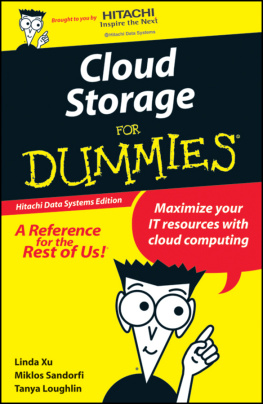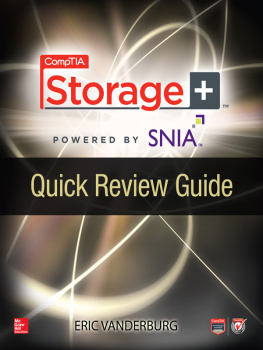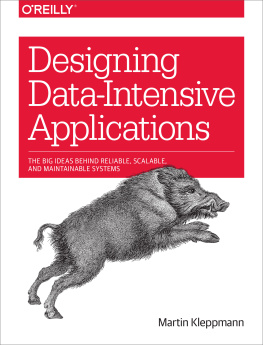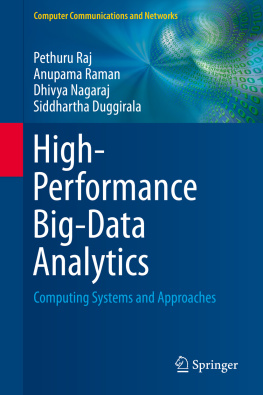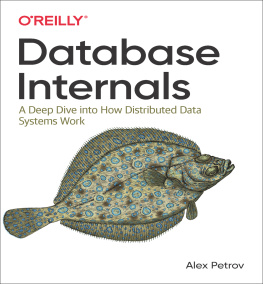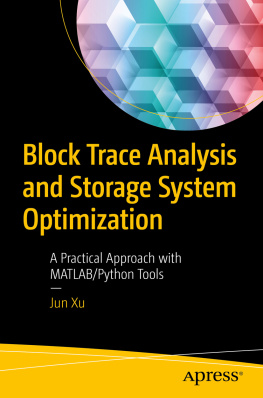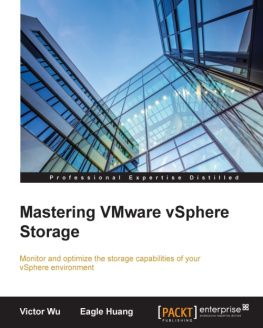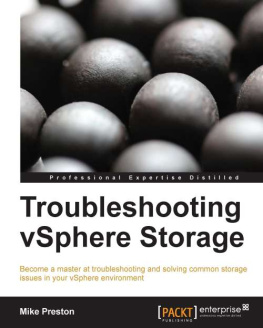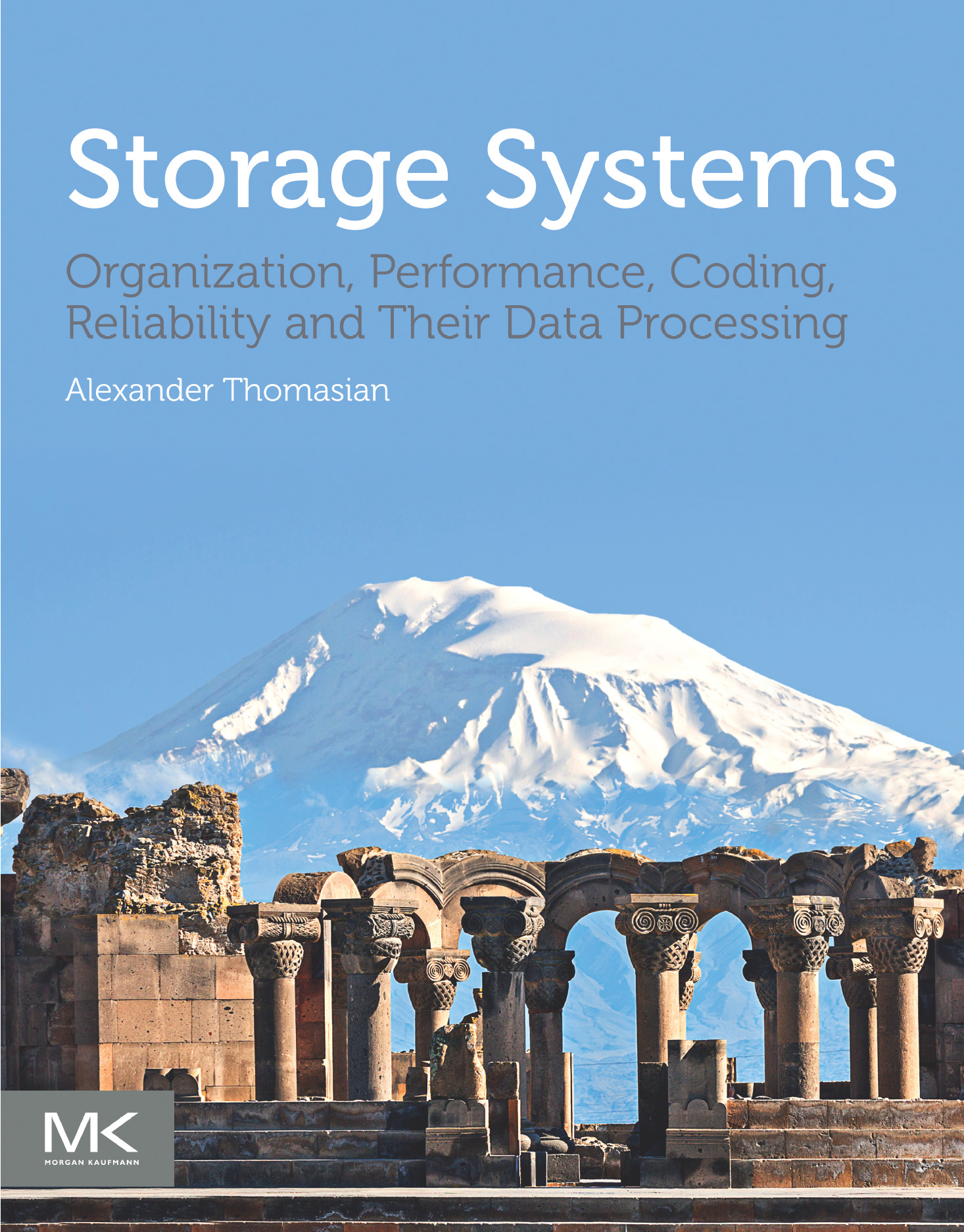Copyright
Morgan Kaufmann is an imprint of Elsevier
50 Hampshire Street, 5th Floor, Cambridge, MA 02139, United States
Copyright 2022 Elsevier Inc. All rights reserved.
MATLAB is a trademark of The MathWorks, Inc. and is used with permission.
The MathWorks does not warrant the accuracy of the text or exercises in this book.
This book's use or discussion of MATLAB software or related products does not constitute endorsement or sponsorship by The MathWorks of a particular pedagogical approach or particular use of the MATLAB software.
No part of this publication may be reproduced or transmitted in any form or by any means, electronic or mechanical, including photocopying, recording, or any information storage and retrieval system, without permission in writing from the publisher. Details on how to seek permission, further information about the Publisher's permissions policies and our arrangements with organizations such as the Copyright Clearance Center and the Copyright Licensing Agency, can be found at our website: www.elsevier.com/permissions.
This book and the individual contributions contained in it are protected under copyright by the Publisher (other than as may be noted herein).
Notices
Knowledge and best practice in this field are constantly changing. As new research and experience broaden our understanding, changes in research methods, professional practices, or medical treatment may become necessary.
Practitioners and researchers must always rely on their own experience and knowledge in evaluating and using any information, methods, compounds, or experiments described herein. In using such information or methods they should be mindful of their own safety and the safety of others, including parties for whom they have a professional responsibility.
To the fullest extent of the law, neither the Publisher nor the authors, contributors, or editors, assume any liability for any injury and/or damage to persons or property as a matter of products liability, negligence or otherwise, or from any use or operation of any methods, products, instructions, or ideas contained in the material herein.
Library of Congress Cataloging-in-Publication Data
A catalog record for this book is available from the Library of Congress
British Library Cataloguing-in-Publication Data
A catalogue record for this book is available from the British Library
ISBN: 978-0-323-90796-5
For information on all Morgan Kaufmann publications visit our website at https://www.elsevier.com/books-and-journals
Publisher: Joe Hayton
Acquisitions Editor: Chris Katsaropoulos
Editorial Project Manager: Rafael G. Trombaco
Production Project Manager: Omer Mukthar
Designer: Mark Rogers
Typeset by VTeX

Dedication
Dedicated to the memory of my parents Sarkis and Gayaneh Thomasian and my sister Lena Movsessian
About the author
Alexander Thomasian after graduating from the Koushesh-Davitian Armenian High School in Tehran, Iran was admitted to the Univ. of Tehran to study Electrical Engineering. With a B.S.E.E. he first joined IBM World Trade Corp. as a Systems Engineer, before switching to Tehran Regional Electric Utility - TREC, which had half a million customers in 1970. With a PhD degree in Computer Science from Univ. of Calif. at Los Angeles, and before founding Thomasian & Associates consulting in Pleasantville, NY, he spent half of his time in academia: Case Western Reserve Univ. - CWRU, U. of Southern Calif. - USC, Univ. of Connecticut - UConn, and New Jersey Institute of Technology - NJIT and the other half in industry. He was a Sr. Staff Scientist at: Burrough (now Unisys) Corporate Center for Performance Modeling and Research Staff Member at IBM's T. J. Watson Research Center - TJWRC, with a one year assignment at Almaden Research Center. At NJIT he ran the Integrated Systems Lab with a half a dozen students. As an adjunct professor he taught graduate courses at Univ. of Calif. at Irvine, while at Burroughs and at Columbia Univ. while at IBM Research by invitation. He has taught graduate level courses on computer architecture performance analysis, databases and data mining over the years.
On assignment to IBM's Almaden Research Center he devised analytic and simulation models to predict the performance of IBMs RAID5 product under development. He continued research on storage systems at IBM TJWRC and later at NJIT where his storage research was funded by the US Nat'l Science Foundation - NSF, Hitachi Global Storage Technologies - HSGT, and AT&T's Virtual University Research Institute - VURI and then at Thomasian & Associates. He spent a year at Shenzhen Institutes of Advanced Technology in 2010-11 and was a Fulbright Fellow at the American Univ. of Armenia for the first half of 2015.
He is a Life Fellow of IEEE for fundamental contributions to the design and analysis of concurrency control methods and performance analysis of computer systems. At IBM he was recipient of an Outstanding Innovation Award and other awards related to his four patents. He was an editor of IEEE Transactions on Parallel and Distributed Systems and was on the program committees of numerous conferences. His monograph on database concurrency control was republished by Springer. He has 150 over publications in top journals and conferences, which are mainly listed here.
https://dblp.org/pid/t/AlexanderThomasian.html
Preface
During the 1960's, most data storage systems used with mainframes and minicomputers were the ones specified by individual computer manufacturers. Since those days, the industry has evolved into a worldwide assortment of computer companies offering systems for a large, diverse mix of applications. The impact on the market for computer storage systems has been huge - Immense markets, divergent host system requirements, short product lives for storage products, numerous storage company start-ups, with valiant attempts to achieve storage product standards and reliability.
Partial abstract for How computer storage became a modern business panel at Computer History Museum on March 9, 2005, also see ().
https://computerhistory.org/events/how-computer-storage-became-modern/
The preface is organized as follows: (1) Why this book. (2) Text overview. (3) Intended audience. (4) Book overview. (5) Overview of book chapters. (6) Acknowledgments. (7) Abbreviations and acronyms.
Why this book?
Textbooks on computer organization and architecture do not sufficiently cover storage systems, which is especially a problem in view of rapid recent advancements in the field. There are books dealing with specific storage technologies, e.g., ().
This text has been written to fill this gap and much more, i.e., not only storage technologies, but also data storage formats, data compression, encryption and processed. Stored data includes text (books), images (photos), audio (music), video (movies). Data is generated by machines (measurement data) or humans on the internet (emails, tweets) is increasing exponentially.


